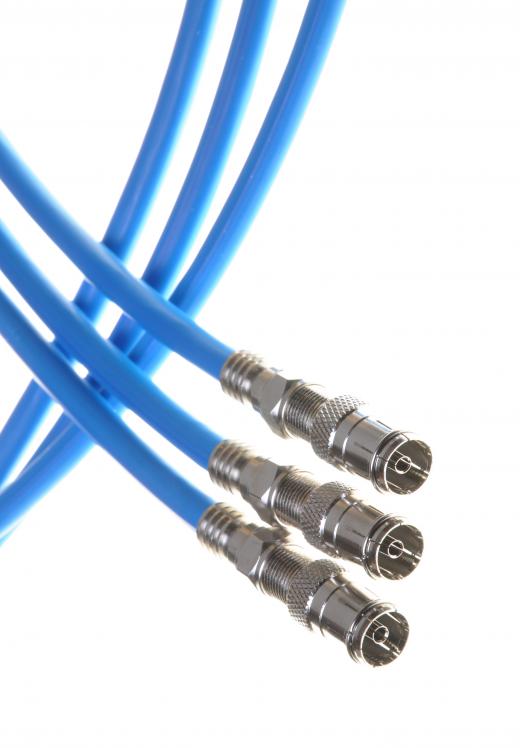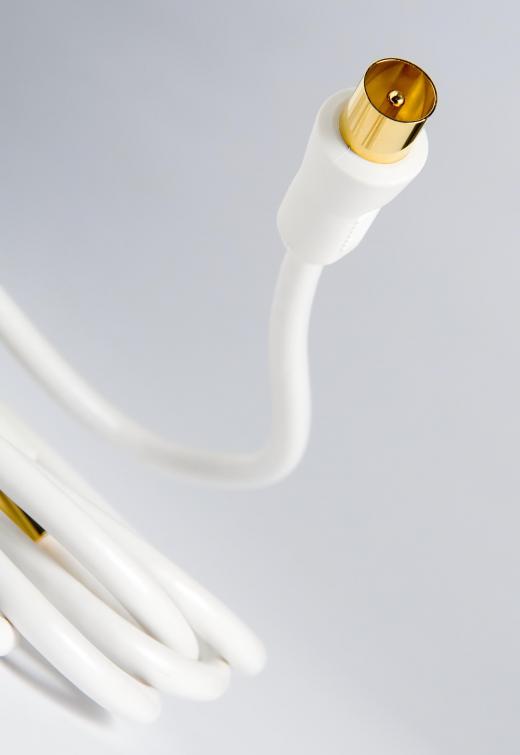Shielded cable is an electrical cable in which the conductor and its surrounding insulating layer have been encased in one or more conductive shields. These are usually made from metallic foil or braided wire. A protective jacket typically forms an outer layer. This works to minimize the electromagnetic interference (EMI) emitted and received by the cable.
Power cables can be a major source of EMI in an environment. These can act as antennae in transmitting interference, or as receivers in acquiring and conducting interference to other devices. The level of EMI is a result of the power requirements of any electrical equipment in operation. A factory floor would typically have an ambient EMI level higher than that of an office or a residence. The degree of shielding necessary to mitigate interference will vary accordingly.

In signal cables, EMI was first recognized as radio frequency interference (RFI). The effect is commonly referred to as noise. Coaxial cable is a familiar version of shielded cable, often used in radio frequency transmission, cable television distribution, and computer networking. Security systems in areas subject to elevated EMI employ shielded cable to help prevent false alarms.
Shielding can mitigate EMI in two ways. It can reflect the interference, or it can conduct the interference to ground. The EMI is either negated or so reduced in power that it has no noticeable effect on the conductor.

The degree of shielding in cable depends on several factors which primarily includes the ambient EMI in a given environment. The cost and the necessary diameter, as well as the weight and flexibility of the cable, are all additional factors. An unshielded cable might be acceptable for use in an industrial setting if its immediate environment can be strictly controlled.

The two types of shielding most often used are metallic foil and braided wire. Foil shielding uses a thin layer of aluminum or copper backed by a polyester liner for strength. This technique supplies excellent coverage for the conductors, though foil is rather fragile. Attaching a connector and grounding can prove difficult. A drain wire, which is an uninsulated wire, is sometimes used to terminate and ground a foil shield.
A braided shield is a mesh woven from copper wire. This does not provide as effective coverage as foil. Copper's conductivity and the greater bulk of the wire mesh work together to make the braid an effective choice. It is also much easier to attach a connector and terminate to ground. This type of cable is more expensive than foil and increases the likelihood of size, weight, and flexibility issues.
In areas of extremely high EMI, a double shielding approach has been used. The shielded cable has an inner foil shield and an outer layer of braided copper. This approach takes advantage of the greater coverage of foil and the superior conductivity of the copper braid.
